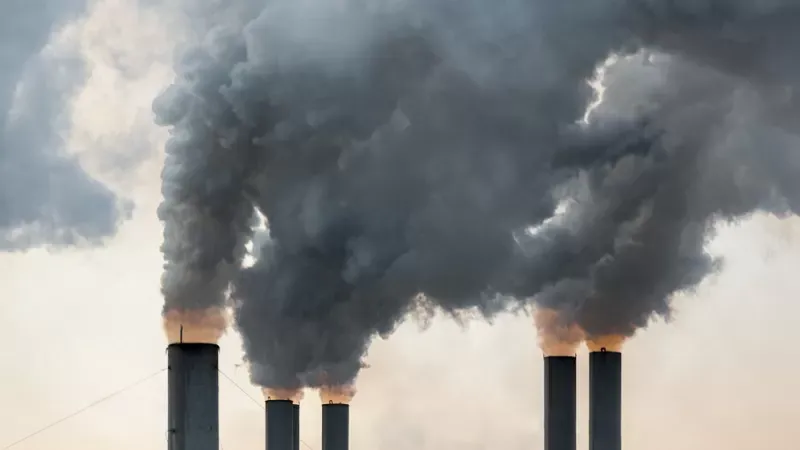With the creation of a historic damage repair fund, almost 200 countries reached an agreement this Sunday to help the nations most affected by the catastrophic consequences of the climate change.
After more than two weeks of intense negotiations, the participants in the United Nations climate summit in Egypt, COP27, reached a commitment to finance a new fund to compensate for the “loss and damage” caused by natural disasters in “particularly vulnerable” developing countries.
LOOK: “It’s killing us”: how the consumption of fossil fuels is destroying our health (and who is affected the most)
The agreement, which still has many details to be defined, supports the so-called “mosaic solution” requested by the negotiating bloc of the European Union, among other countries, which advocates resorting to new financial instruments to help pay for damages after extreme events related to the climate crisis.
The debate on economic compensation for losses and damages had been the big topic postponed in the climate summits that have been held since the 1990s.
But given the rapid increase in extreme weather events and the pressure from the least developed countries, which are the least polluting, the issue was this time at the center of the agenda.
At the start of the summit in the city of Sharm el Sheikh, it seemed almost impossible to reach an agreement for fear that a compensation system could open the door to eventual multi-million dollar claims in the future.
However, for the first time in history an agreement was reached on this matter.
Who are “especially vulnerable”?
The fund will provide “predictable and adequate” financing to “particularly vulnerable developing countries”, according to the text agreed at the meeting.
However, the statement does not specify which countries will benefit from the fundnor the details of the financing mechanism of the same, central points that would be defined in future meetings.
A transition committee made up of 24 countries, including three from Latin America and the Caribbean, will elaborate the details on the operation and financing of this initiative for a year, with a view to adoption at COP28 at the end of 2023.
The financing will fall basically on the rich countries, those that have contributed the most to global warming, but one of the work routes agreed this Sunday calls for “expanding the sources of financing”, which would leave an open space for countries like China to participate. as donors, a demand expressed by the European Union and Canada, among other nations.
The COP27 agreement also invites the World Bank and the International Monetary Fund (IMF) to provide “financing solutions”. However, it does not mention the possibility of forgiving external debt, for example, as a relief measure.
Cuts in polluting emissions
Regardless of the creation of the fund, the European Union had expressed its willingness to achieve a greater commitment to cut greenhouse gas emissions, with a view to Chinaa country that is currently the world’s leading emitter, responsible for almost 30% of the total.

This controversy was one of those that most delayed the end of the summit, which officially should have concluded on Friday.
Finally, the European Union did not manage to have its demands accepted, which sought to increase the goals of cutting emissions.
The idea of creating a fund to mitigate the impact of climate change in the most vulnerable countries began to take shape three decades agowhen these nations began demanding reparations for global warming.
Source: Elcomercio
I am Jack Morton and I work in 24 News Recorder. I mostly cover world news and I have also authored 24 news recorder. I find this work highly interesting and it allows me to keep up with current events happening around the world.

:quality(75)/cloudfront-us-east-1.images.arcpublishing.com/elcomercio/GI4DANRNGEYS2MRQKQYDAORSHA.jpg)



:quality(75)/cloudfront-us-east-1.images.arcpublishing.com/elcomercio/2RSB7ULP6VARDIE2VSEV5IG2EY.jpg)

